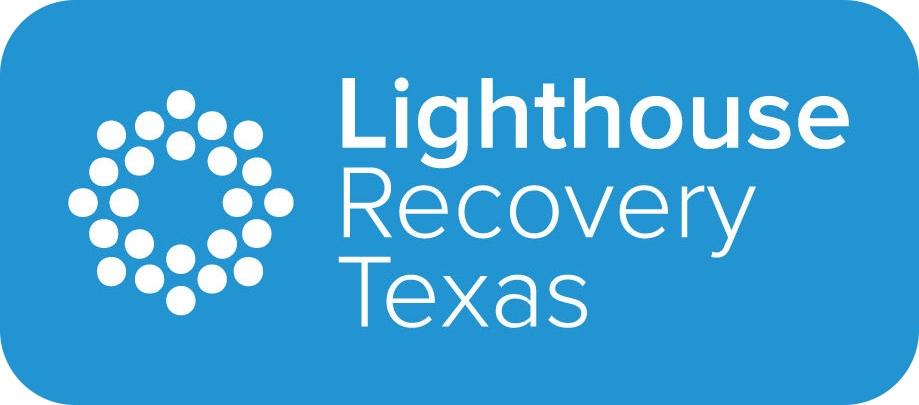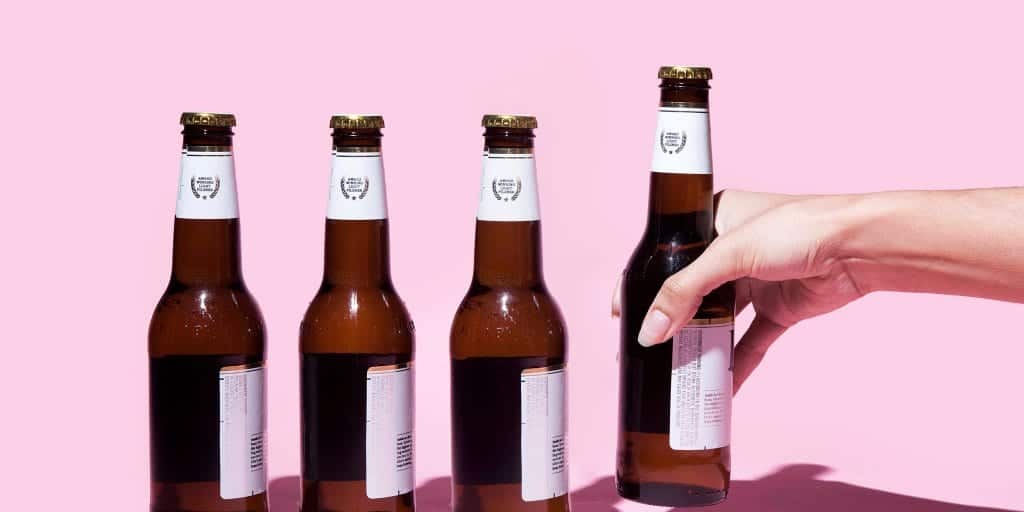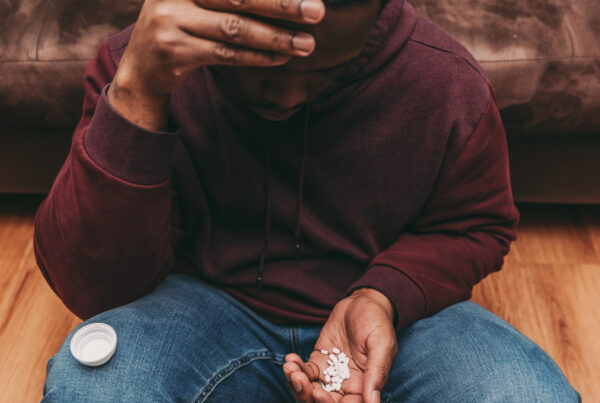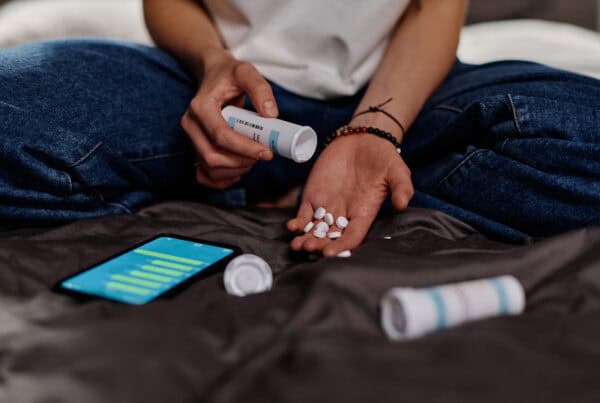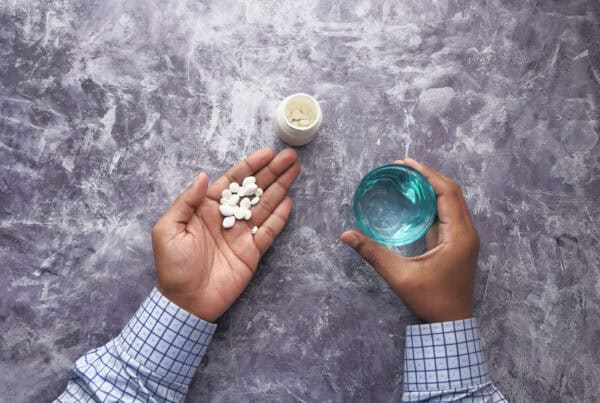There can be any number of factors at play when someone is beginning to address their own relationship with alcohol. Cultural and personal influences may give conflicting answers on what constitutes a dangerous relationship, or even addiction. Drinking too much means different things for different people, and therefore is very difficult to find a single answer that can give someone a binary, yes or no, answer. Instead, it can be more helpful to look at the reasons why someone may begin to ask themselves or others this question, while implementing strategies that can help each person maintain a safe and healthy practice, especially as holiday seasons (and the festivities therein) approach.
Why Asking the Question Is the First Sign of Change
Simply acknowledging the thought that someone may be drinking more than a healthy amount is a big deal. Many people may think that as long as they hold their drinks well, there can’t possibly be a problem with their drinking. Many who suffer from a dangerous relationship with alcohol or addiction often don’t realize that it has developed, and are further damaging themselves without knowing it. Addictions don’t develop out of any kind of intention, and most people never plan on hurting others with their own levels of consumption. For someone to take note and ask the question means there has possibly been a number of signs that their relationship with drinking may need to change. Those who suffer from addiction or dangerous relationships to alcohol don’t necessarily all present themselves in the same way, either. Drinking every day until someone blacks out isn’t the only way that addictions or problematic relationships with alcohol develop, and there can be a number of ways that someone can address their drinking, or seek appropriate help with their circumstance.
Dangers Surface in Different Ways
Dangerous relationships and addictions don’t all constitute someone tripping down the stairs every night. Dangerous relationships can be someone regularly going to the bar after work in order to cope with long hours or the stresses of the workplace. Others may only drink once in a while, but have trouble regulating their intake and often drink to the point of sickness. Others may not appear to be drunk on any consistent level but are instead ingesting a couple of drinks a day at any time, and maintaining a constant intake without ever getting drunk. All of these and more are different ways that someone can develop a dangerous relationship with alcohol, and each of them can develop into an addiction if left unaddressed. Maintaining track of alcohol intake, either for yourself or a loved one, can help identify signs of dangerous relationships earlier and thus help someone address their alcohol use before addiction continues to develop. There are a number of strategies that someone can use that can help them regulate themselves during the holidays, as well as any other time of year.
Write Down the Events
Someone who is concerned about their drinking may want to begin recording each of the days that they go out with friends, or by themselves, to get a drink — regardless of it is a night of partying or a single drink. Marking these events on your calendar can help you visualize how frequently you use alcohol in your life. Additionally, it can help you recognize patterns in your drinking and establish where you need to cut back or adjust your lifestyle. Some may consistently drink every day they are off of work, while others may only drink after long workdays.
Keep Track of Your Drinks
Knowing how much someone drinks at any given time is also helpful in establishing one’s relationship with alcohol. Tolerance isn’t the same thing as blood alcohol content (BAC), and relying solely on one’s tolerance to dictate if they were safe or not can lead to the development of dangerous habits. Not only does alcohol take a little bit of time to kick in, but higher tolerance levels may also make people more comfortable drinking excess amounts than their body can take. There are a number of apps that you can use to keep track of your drinks, or you may want to pocket the beer caps from each of your drinks and stop at a predetermined number. Another option may be to or order drinks individually and keep receipts as a way to tally your drinks.
What Time Did You Start?
Someone may not need to get drunk in order to have a dangerous relationship with alcohol. Some may instead only have a few sips at a time, but can still be doing a lot of damage to themselves. This is common in those taking a drink before work in order to prepare for the stresses ahead. Even if someone isn’t tripping down the stairs, they may still be using alcohol as a preemptive coping mechanism and can lead towards an unhealthy, or even dependent, relationship with alcohol as their primary way of dealing with stress.
Addressing your relationship with drugs or alcohol can be a very eye-opening experience. Addiction can develop under the surface, and many may not even realize the extent of their use. If you or a loved one are struggling with an addiction to drugs or alcohol and are ready to take the first step towards your sober future today, Lighthouse Recovery can help find the program for you. With an array of options, from sober living to an intensive outpatient program, the caring professionals will work alongside you to find the care that can help you achieve your specific goals in recovery. Each program can be further personalized to address the coping skills, grounding mechanisms, and life skills that are most pertinent to each individual.

